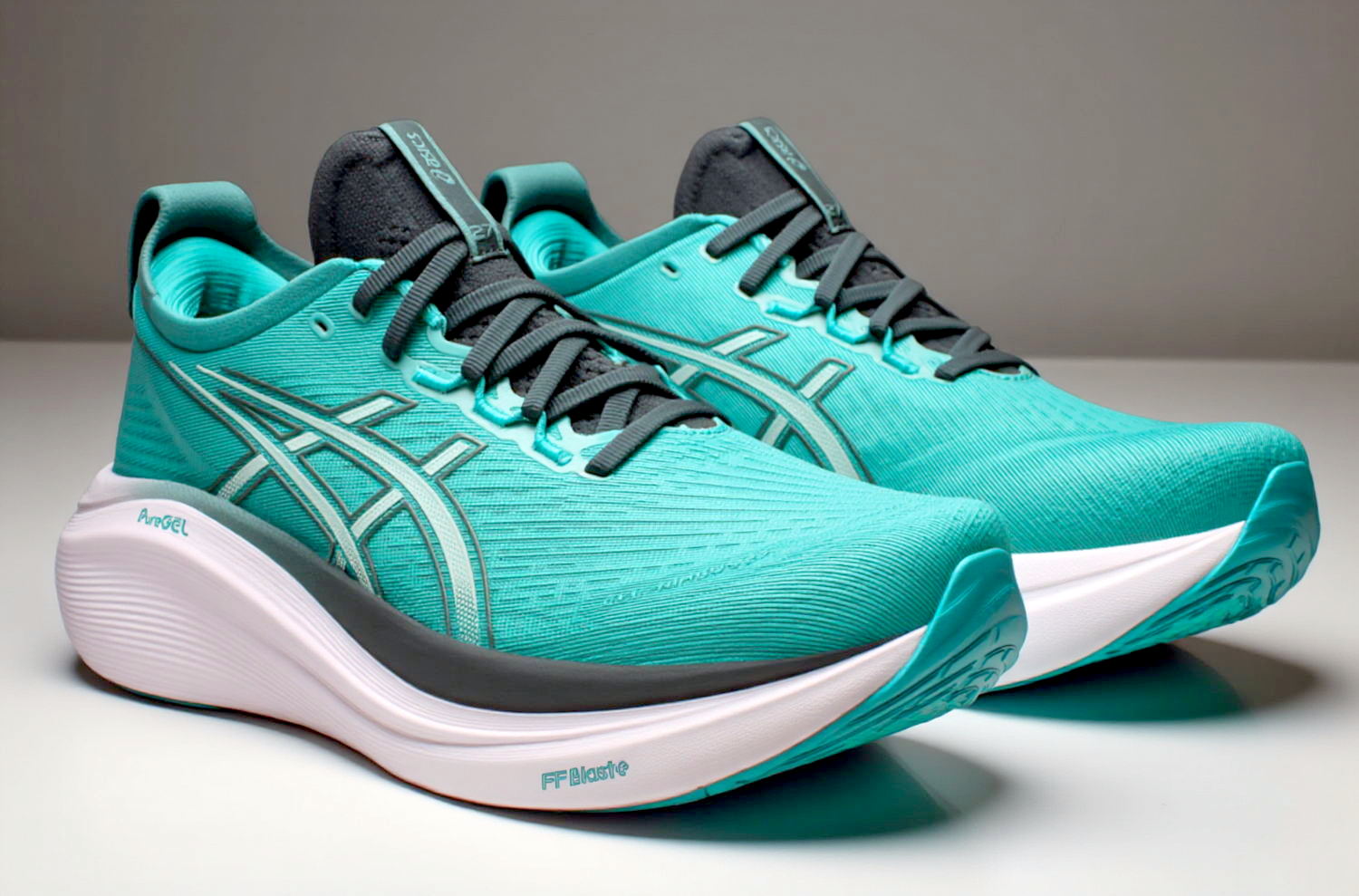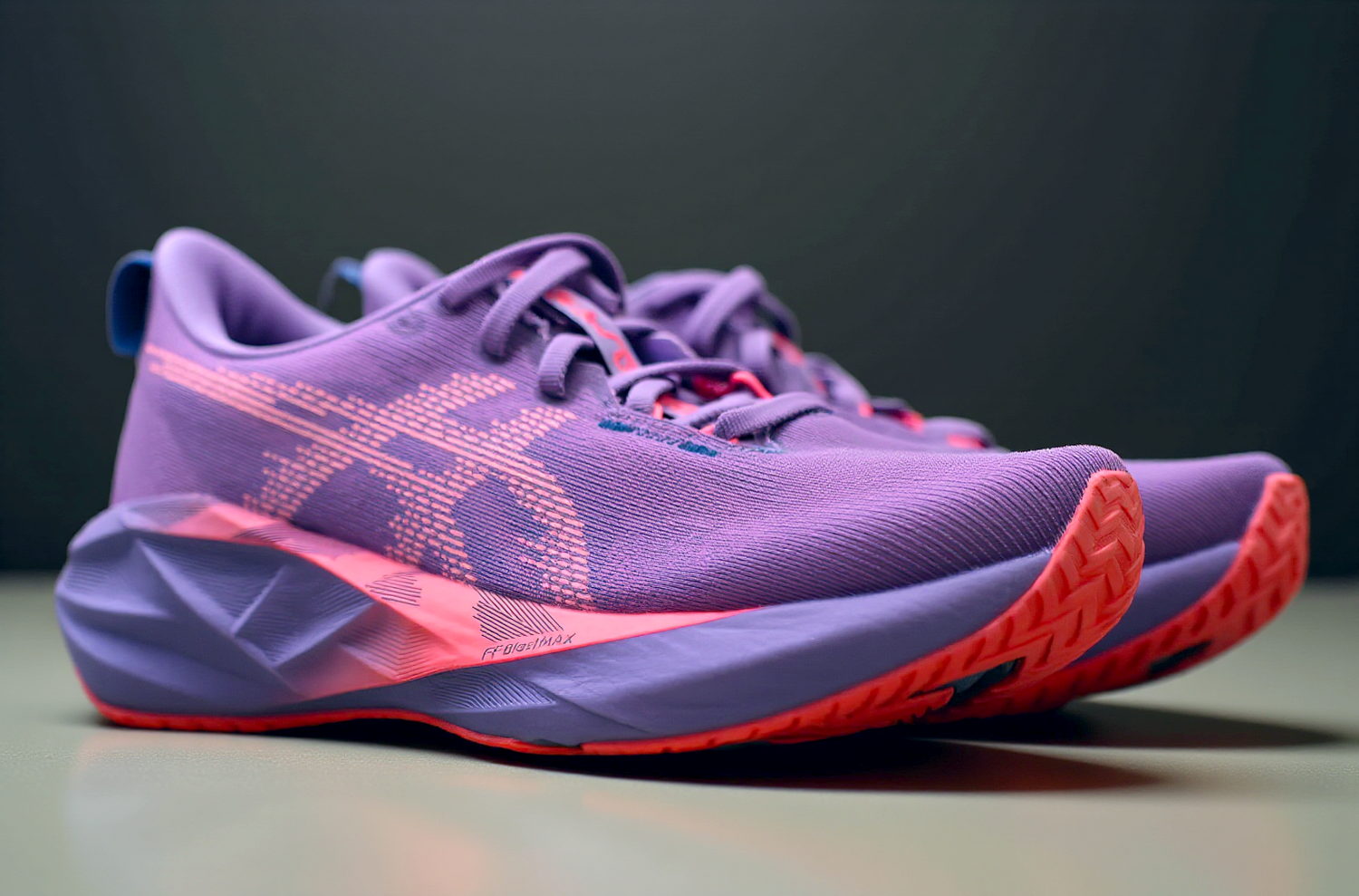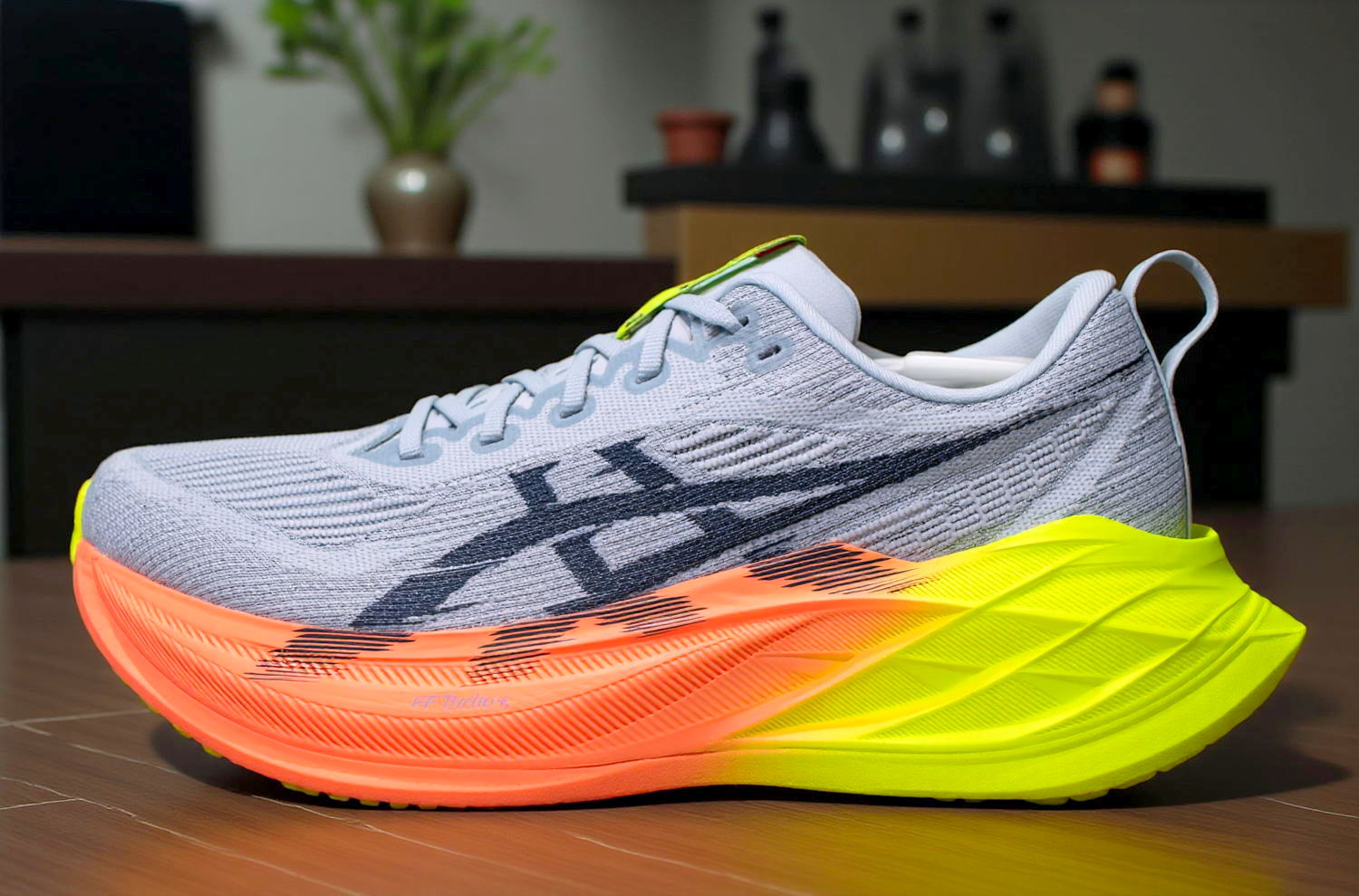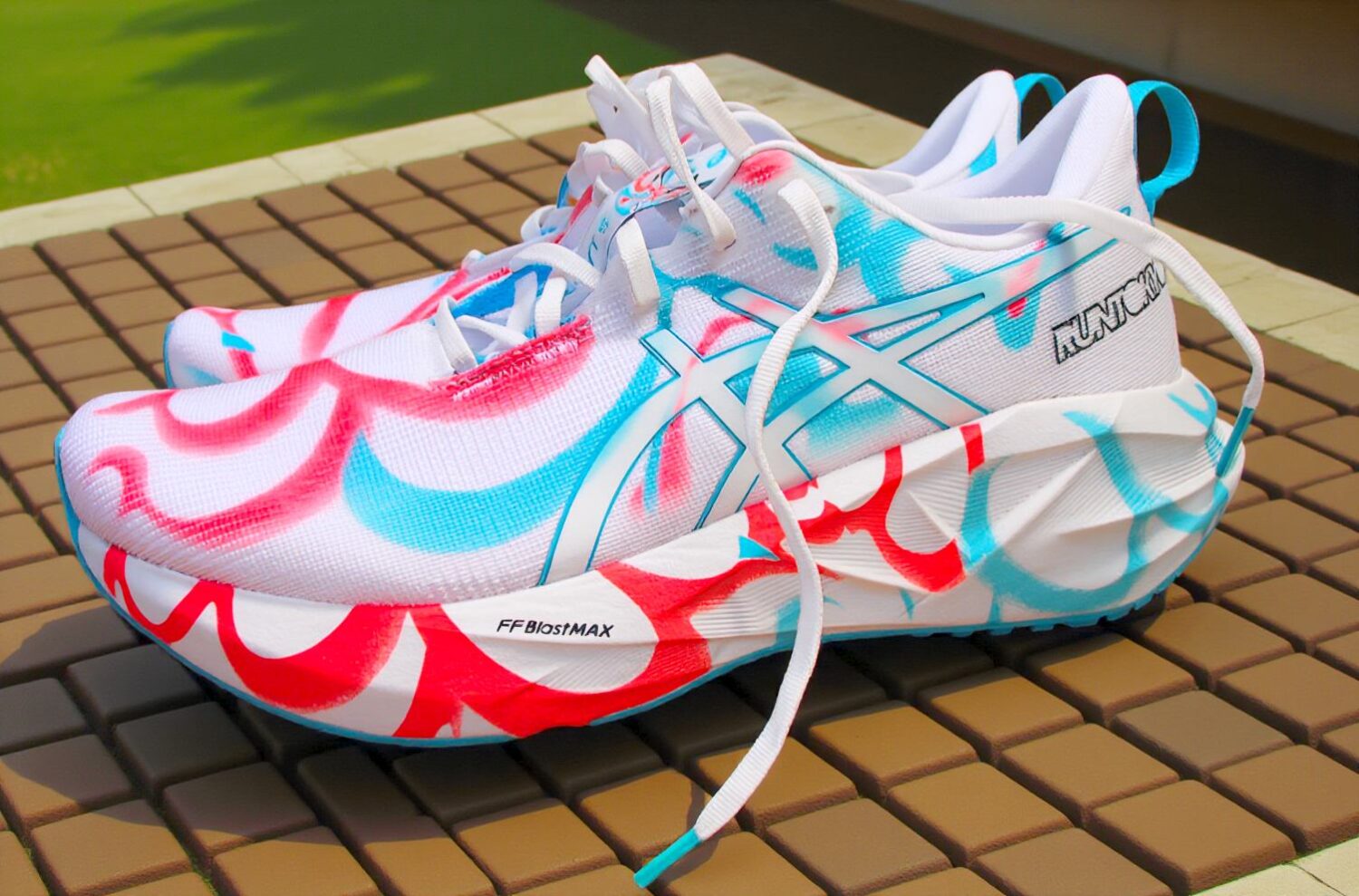The Ultimate Guide to the ASICS GlideRide Max: A Deep Dive into the Max Cushion Masterpiece
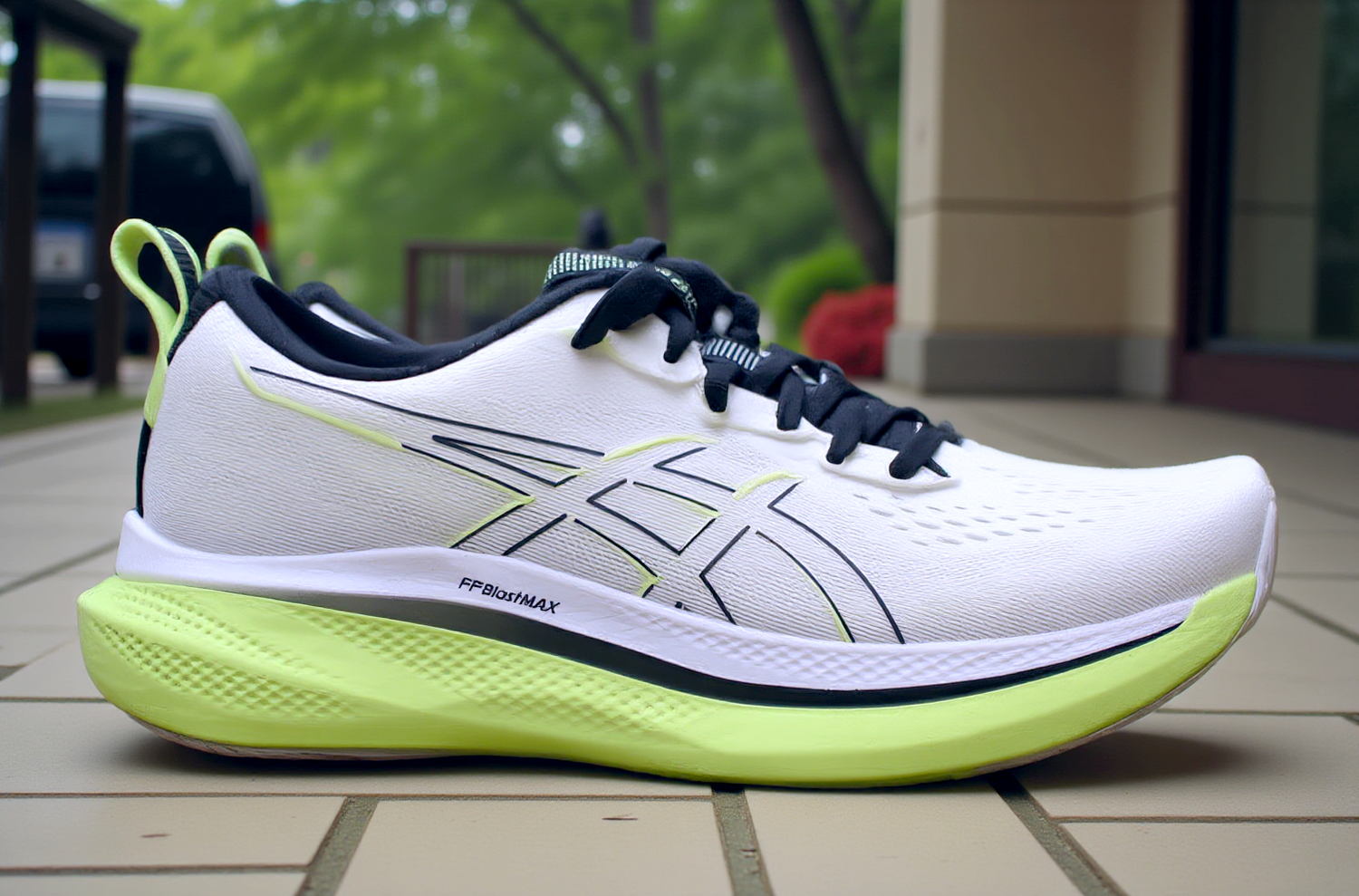
The ASICS GlideRide Max has stormed onto the running scene, reviving a beloved lineage with a bold, cushioned twist. Designed for runners craving comfort over long distances, this max-stack daily trainer blends innovative technology with a plush ride that’s turning heads. Whether you’re logging easy miles or tackling a marathon, this shoe promises to cradle your feet in luxury while keeping your stride smooth and effortless. In this comprehensive guide, we’ll explore every facet of the GlideRide Max—its construction, performance, fit, and how it stacks up against the competition. Lace up, and let’s dive in.
🌟 Overview: What Makes the GlideRide Max Stand Out?
The GlideRide Max marks the triumphant return of ASICS’ GlideRide series, a line once thought discontinued after its last release over two years ago. With a towering stack height, cutting-edge foam, and a rocker geometry that propels you forward, this shoe is engineered for long-run comfort and daily training ease. Priced at $170, it sits at the premium end of daily trainers, but its features—like the new Flyte Foam Blast Max and a plush upper—aim to justify the investment.
This isn’t a speed demon or a race-day shoe; it’s a cruiser built for runners who prioritize cushioning and stability over pace. Think recovery runs, base mileage, or those marathon training days where comfort trumps all. Let’s break down its anatomy and see why it’s generating buzz among casual joggers and hardcore mileage hounds alike.
🏃 Design and Construction: A Technical Marvel
The GlideRide Max is a symphony of thoughtful engineering, blending plushness with purpose. Here’s a detailed look at its key components.
🧵 Upper: Comfort Meets Durability
The upper of the GlideRide Max is crafted from an engineered mesh that strikes a balance between softness and structure. It’s breathable enough to keep your feet cool on warm days, yet sturdy enough to withstand the rigors of daily training. The mesh offers a slight stretch, accommodating foot expansion during long runs—a boon for runners whose feet swell over distance.
- Heel Collar: Lavishly padded, the heel collar feels like stepping into a plush slipper. It’s reinforced with a firm counter to lock your heel in place, minimizing slip even after hours on the road. A generous pull tab at the back (plus a bonus one on the tongue) makes slipping these on a breeze, even with gloved hands in winter.
- Tongue: Thinly padded and gusseted, the tongue stays put without feeling bulky. A lace loop keeps it centered, ensuring a snug fit without overstuffing—a common pet peeve among runners.
- Fit Notes: True to size for most, with a medium width that suits average feet. Wide-footed runners might consider the readily available wide version or sizing up half a step, especially if the midfoot feels snug.
🧪 Midsole: The Heart of the Cushioning
The midsole is where the GlideRide Max shines, boasting a dual-density foam setup and a subtle rocker design. At 44mm in the heel and 38mm in the forefoot (43mm/37mm for women), it delivers a 6mm drop—ideal for a smooth heel-to-toe transition.
- Flyte Foam Blast Max: This new foam, debuting in the GlideRide Max, forms the top layer. It’s soft (durometer readings hover around 23-25), offering a pillowy landing that absorbs impact with a hint of springiness. It’s ASICS’ most responsive training foam yet, adding a touch of energy return to an otherwise plush ride.
- Flyte Foam Blast Plus Eco: The bottom two-thirds of the midsole use this firmer foam (durometer 29-30.5), seen in models like the Nimbus 26. It provides a stable base, tempering the softness above to prevent a mushy feel while protecting your feet from the road.
- EVA Plate: A ¾-length compressed EVA plate sits between the foams, extending from midfoot to forefoot in a “frying pan” shape. It’s not a propulsion-driven carbon plate but a stability aid, subtly guiding your stride without stiffness. Most runners won’t feel it—an intentional design choice for a neutral, cushioned experience.
- GuideSole Technology: ASICS’ signature rocker geometry smooths transitions, reducing ankle flexion and energy waste. While less aggressive than the original GlideRide’s scoop-like forefoot, it still rolls you forward effortlessly, making each step feel intuitive.
👟 Outsole: Grip and Longevity
The outsole features ASICS’ Hybrid Grip, a blend of durable AHAR+ rubber and tacky ASICS Grip. Strategically placed, AHAR+ covers high-wear zones like the lateral heel, while grippy rubber enhances traction on the forefoot.
- Coverage: A single, broad piece of rubber wraps the shoe, with a shallow central channel allowing midsole splay. This design balances durability with flexibility, avoiding the constriction of fully segmented outsoles.
- Performance: Testers report excellent grip on dry and wet pavement, with minimal wear after 48-80 km (30-50 miles). Exposed midsole foam shows slight abrasion, but the rubber holds up for an estimated 480-640 km (300-400 miles)—above average for a max-cushion shoe.
⚖️ Weight: Heavier but Deceptive
At 287g (10.1 oz) for a US men’s size 9, the GlideRide Max isn’t lightweight. Yet, its ride belies the scale, feeling nimbler thanks to the rocker and responsive foam. Compared to peers like the Nimbus 26 (304g, 10.7 oz), it’s a touch lighter, though still heftier than the Superblast 2 (255g, 9 oz).
🌍 Performance: How It Feels on the Run
The GlideRide Max excels as a long-run companion and daily trainer, prioritizing comfort over speed. Here’s how it performs across scenarios.
🏞️ Long Runs: Built for Endurance
This shoe’s raison d’être is the long haul—think 16-32 km (10-20 miles) or more. The towering stack and dual-foam setup cradle your feet, softening the impact of relentless pavement pounding. The rocker geometry minimizes fatigue by rolling you forward, making each stride feel less taxing. Testers rave about its “effortless” quality, though some note it lacks the efficiency of stiffer, race-oriented shoes for marathon efforts.
- Pros: Plush landings, stable platform, smooth transitions.
- Cons: Too soft for some, lacking snap for faster paces.
🏃♂️ Daily Training: Easy Miles Made Easier
For recovery runs or base mileage (8-16 km, 5-10 miles), the GlideRide Max is a dream. The soft Flyte Foam Blast Max cushions tired legs, while the firmer base maintains control. It’s not a tempo shoe—pushing the pace feels labored—but for cruising at conversational speeds, it’s a standout.
- Pros: Comfortable step-in feel, forgiving on joints.
- Cons: Not versatile for speedwork or up-tempo efforts.
🌧️ Conditions: All-Season Versatility
The outsole grips well on wet roads, and the upper’s breathability suits warm weather, though it’s not the most ventilated. In cold climates, the padded collar and dual-layer midsole offer insulation without overheating. It’s a road-only shoe—trail runners need not apply.
⚖️ Stability: Neutral with a Twist
As a neutral shoe, it lacks traditional stability features like medial posts. Yet, the wide platform, EVA plate, and rocker design lend a steady ride, even for mild overpronators or heavier runners (up to 90-100 kg, 200-220 lbs). Very heavy runners might find lateral wobble on uneven surfaces.
⚔️ Comparison: GlideRide Max vs. the Competition
How does the GlideRide Max stack up against its rivals? Here’s a detailed showdown with key contenders in the max-cushion category.
| Shoe | Stack (Heel/Forefoot) | Drop | Weight (US 9) | Price | Key Features |
|---|---|---|---|---|---|
| GlideRide Max | 44mm/38mm | 6mm | 287g (10.1 oz) | $170 | Flyte Foam Blast Max, rocker, plush upper |
| ASICS Nimbus 26 | 42mm/34mm | 8mm | 304g (10.7 oz) | $160 | Flyte Foam Blast Plus Eco, gel, premium knit |
| Brooks Glycerin 21 | 40mm/30mm | 10mm | 280g (9.9 oz) | $160 | DNA Loft v3, soft ride, wide base |
| Hoka Skyward X | 40mm/35mm | 5mm | 326g (11.5 oz) | $160 | PEBA foam, carbon plate, bouncy ride |
| Saucony Triumph 22 | 37mm/27mm | 10mm | 269g (9.5 oz) | $160 | PWRRUN PB, mushy cushioning |
🔍 ASICS Nimbus 26
- Similarities: Shares Flyte Foam Blast Plus Eco foam and a plush upper aesthetic.
- Differences: Nimbus uses gel for extra cushioning, has a firmer ride, and lacks the rocker. It’s $10 cheaper but 17g heavier.
- Verdict: GlideRide Max feels softer and more dynamic; Nimbus is stiffer, better for traditionalists.
🔍 Brooks Glycerin 21
- Similarities: Max cushioning, plush feel, ideal for easy miles.
- Differences: Glycerin’s DNA Loft v3 is softer but less responsive, with a higher 10mm drop. It’s slightly lighter (7g less).
- Verdict: GlideRide Max wins on transition smoothness; Glycerin offers a simpler, squishier ride.
🔍 Hoka Skyward X
- Similarities: High stack, cushioned daily trainer.
- Differences: Skyward X uses PEBA foam and a carbon plate for bounce, but weighs more (326g). It’s $10 less.
- Verdict: Skyward X is livelier; GlideRide Max prioritizes comfort over energy return.
🔍 Saucony Triumph 22
- Similarities: Soft, max-cushion experience.
- Differences: Triumph’s PWRRUN PB is mushier, with less structure and a lower stack (37mm heel). It’s lighter (269g) and $10 cheaper.
- Verdict: Triumph for softness seekers; GlideRide Max for a balanced, rolling ride.
💡 Who Should Buy the GlideRide Max?
This shoe isn’t for everyone, but it’s a gem for the right runner. Here’s the breakdown:
👍 Best For:
- Long-Run Enthusiasts: Perfect for 16-32 km (10-20 mile) efforts where comfort is king.
- Daily Trainers: Ideal for easy-paced base miles or recovery runs.
- Cushion Lovers: Runners who crave a plush, protective ride.
- Neutral to Mild Overpronators: Stable enough without being a stability shoe.
👎 Not For:
- Speed Seekers: Too soft and heavy for tempo runs or races.
- Minimalists: The high stack and padding won’t appeal to low-profile fans.
- Trail Runners: Road-only design limits versatility.
💸 Value Proposition: Worth $170?
At $170, the GlideRide Max sits above competitors like the Nimbus 26 ($160) and Glycerin 21 ($160). The premium price reflects the new Flyte Foam Blast Max, robust construction, and rocker tech. For runners prioritizing long-run comfort, it’s a worthy splurge—especially if it outlasts cheaper alternatives with its 480-640 km (300-400 mile) durability. Budget-conscious runners might opt for the Nimbus or Triumph, but the GlideRide Max’s unique ride justifies the cost for its target audience.
🎨 Aesthetics and Final Thoughts
Visually, the GlideRide Max echoes the Nimbus 26 with its sleek mesh and bold ASICS branding, though it lacks the premium knit accents of its sibling. It’s functional over flashy—available in understated colorways that won’t turn heads but won’t clash with your kit either. The real beauty lies in its performance: a soft, rolling ride that makes long miles feel like a treat.
In a crowded max-cushion market, the GlideRide Max carves a niche as a comfort-first cruiser. It’s not a game-changer like the original GlideRide was, but it refines the formula with modern foam and a forgiving fit. If your runs are about enjoyment over speed, this shoe delivers in spades.
Ready to glide through your next run? The ASICS GlideRide Max awaits.

